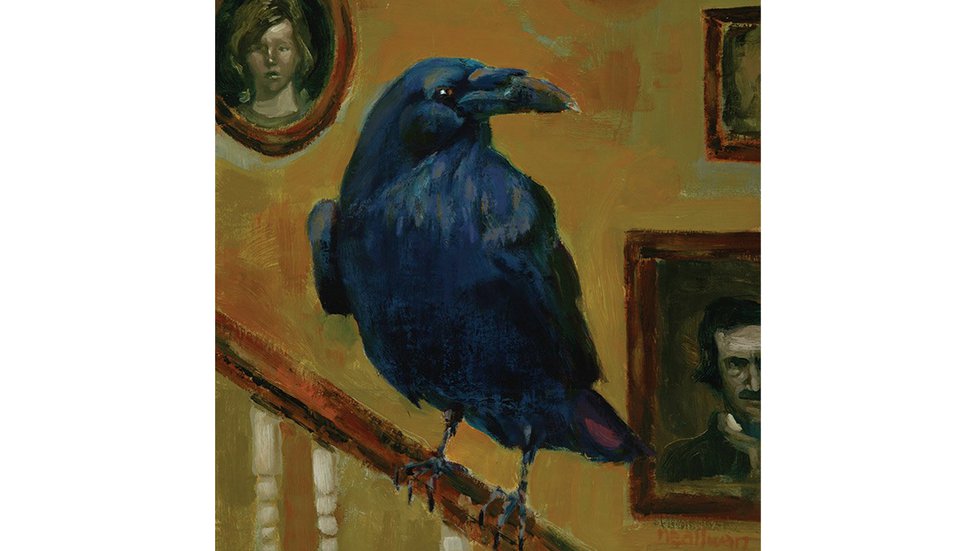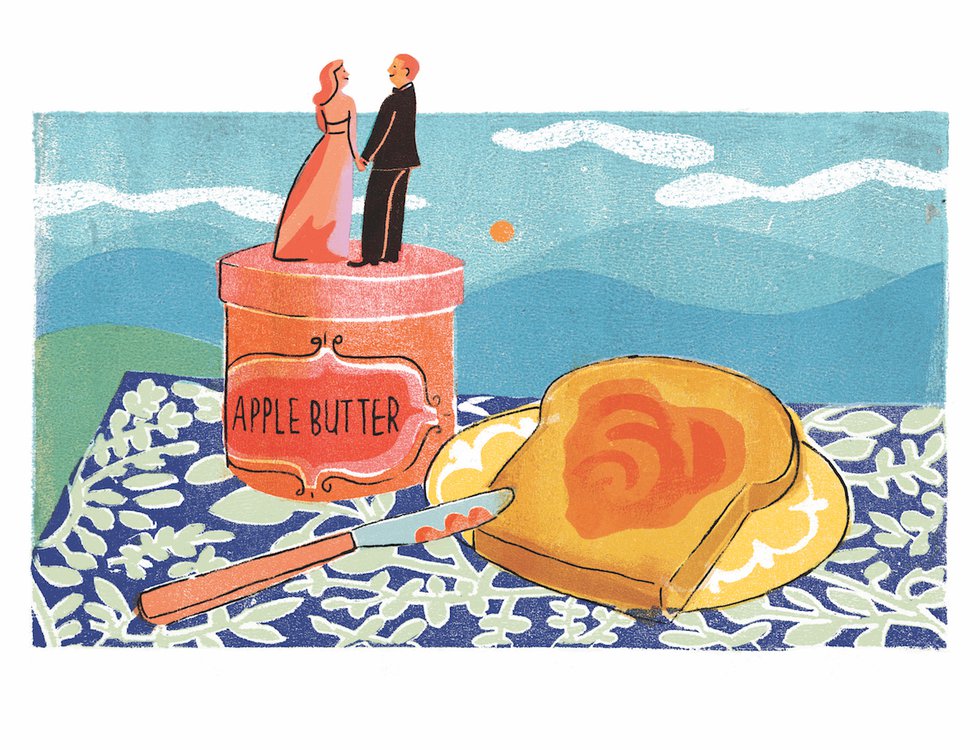Poe’s famous bird is a grim twist on a Charles Dickens pet.

It’s time to finally pull the stuffing out of Edgar Allan Poe’s raven.
Well, not literally. That would upset the folks at Philadelphia’s Free Library, where Poe’s raven is stuffed, perched on a stick in a case handmade by Charles Dickens and honored as a “Literary Landmark,” a designation declared in 1999 by the American Library Association.
Problem is, the Philadelphia raven is Poe’s only through association, not possession. The bird in fact belonged to the family of Dickens. But in what you might call the case of the purloined raven, Poe usurped Dickens’ idea of a talking raven, leaving the more famous writer’s bird story flapping in the dust.
Certainly, Poe’s talking raven is much better known than Dickens’ talking raven, a loquacious character from the 1841 novel Barnaby Rudge. And more importantly, this time of year, Poe’s ominous though monotonous bird is inextricably linked with the macabre.
Ironically, the raven that provided Poe with his gloomy inspiration was a cheerful and beloved family pet named Grip. Dickens gave his avian character in Barnaby Rudge the same name and the same perky personality. Then he had the literary Grip utter the same innocuous phrases that were squawked throughout the Dickens household: “Halloa, halloa, halloa!” “Keep up your spirits,” “Bow, wow, wow,” and “Polly, put the kettle on, we’ll all have tea.”
Quoth the raven, “Polly, put the kettle on”? ’T’would never do, not for Poe! In fact, Poe wrote a review of Barnaby Rudge in which he complained about the raven’s undisciplined dialogue. “Its croakings,” he suggested in an 1842 article, “might have been prophetically heard in the course of the drama.”
Poe leaned toward the more historical view of ravens as mysterious and menacing harbingers of death. In his poem, Poe called the raven “this grim, ungainly, ghastly, gaunt and ominous bird of yore.”
Charles II of England probably shared that view. But he tried to humor ravens, perhaps hoping to dodge a death sentence. It was King Charles who, in the aftermath of the deadly 1666 fire of London, decreed that at least six ravens should always be cared for at the Tower of London, to ensure the kingdom’s longevity.
So it’s thanks to King Charles that Derrick Coyle has held his dream job for 23 years, as Ravenmaster, Yeoman Warder of Her Majesty’s Royal Palace and Fortress the Tower of London. Over the years, Coyle has come to respect his companionable corvids, which often number more than six because he’s a softie for a raven in need of a roost.
Perhaps because he’s English like Dickens, Coyle never even remotely considered Grip the bird of Edgar Allan Poe. But a collector named Richard A. Gimbel did, and that’s why Dickens’ bird, which died and got stuffed in 1841, ended up in Gimbel’s Edgar Allan Poe collection. In 1971, Grip was bequeathed to Philadelphia’s Free Library.
Gimbel, of the Gimbels Department Store family, no doubt had heard of the meeting between Poe and Dickens at the United States Hotel in downtown Philadelphia in 1842. Dickens, already famous, was on a lecture tour when Poe, relatively unknown, requested a meeting. Poe asked for Dickens’ help getting his work published in London.
In later letters, Dickens told Poe no London publisher was interested in his work. Some scholars believe that rebuff infuriated Poe—and that’s when he pulled out his secret weapon: a raven that was the antithesis of the inane and chatty Grip. It was, in fact, a raven with “prophetically heard” croakings.
“The Raven” was published in 1845 to universal acclaim. Finally Poe was basking in the fame that had eluded him. The promise of fortune was not far behind. Alas, he had but a short while to savor fame and no time at all to accumulate fortune. He died on October 7, 1849, poor and alone in Baltimore.
Poe’s memory is kept alive by, among others, the Raven Society at the University of Virginia. It was founded in 1904 in part to preserve the room where Poe lived in 1826, until his money ran out and he became the university’s most famous dropout.
And in that room, around midnight, just listen. There may come a tapping…
It’s been 167 years this month since Poe’s mysterious death in Maryland, so let’s take a look at different ways to commemorate this tortured soul during the month of October.
Edgar Allan Poe Museum
1914 E. Main St., Richmond
Though Poe never lived in the building, it’s only blocks away from the author’s Richmond home and first place of employment, the Southern Literary Messenger. Check out original manuscripts, hand-written letters, pictures and personal belongings of his. PoeMuseum.org
Poe’s Pub
2706 E. Main St., Richmond
Just down the street from the museum, Poe’s Pub serves brunch, lunch and dinner, with menu items like huevos rancheros, fried catfish bites and burgers. Facebook.com/PoesPub
Eddy’s Tavern
1517 University Ave., Charlottesville
Embracing Poe’s history at the University of Virgina, Eddy’s Tavern is located on the Corner, the heart of student life in Charlottesville. The menu features nachos, sandwiches and comfort food like fried chicken and meatloaf. PoesPublicHouse.com
Poe’s Room
McCormick Road, Charlottesville
Though Poe’s time at UVA was short-lived (February-December 1826), students still pay homage to him. Believed to be the author’s room while he was a student, No. 13 West Range is visible through a glass panel door, evermore.
Escape Room Live
814 King St., Alexandria
Gather up your friends and channel your inner Poe in Escape Room Live in Alexandria’s Poe-Ranormal Activity. To escape the room, dig through his old chambers to uncover a fabled “lost manuscript.” EscapeRoomLive.com










